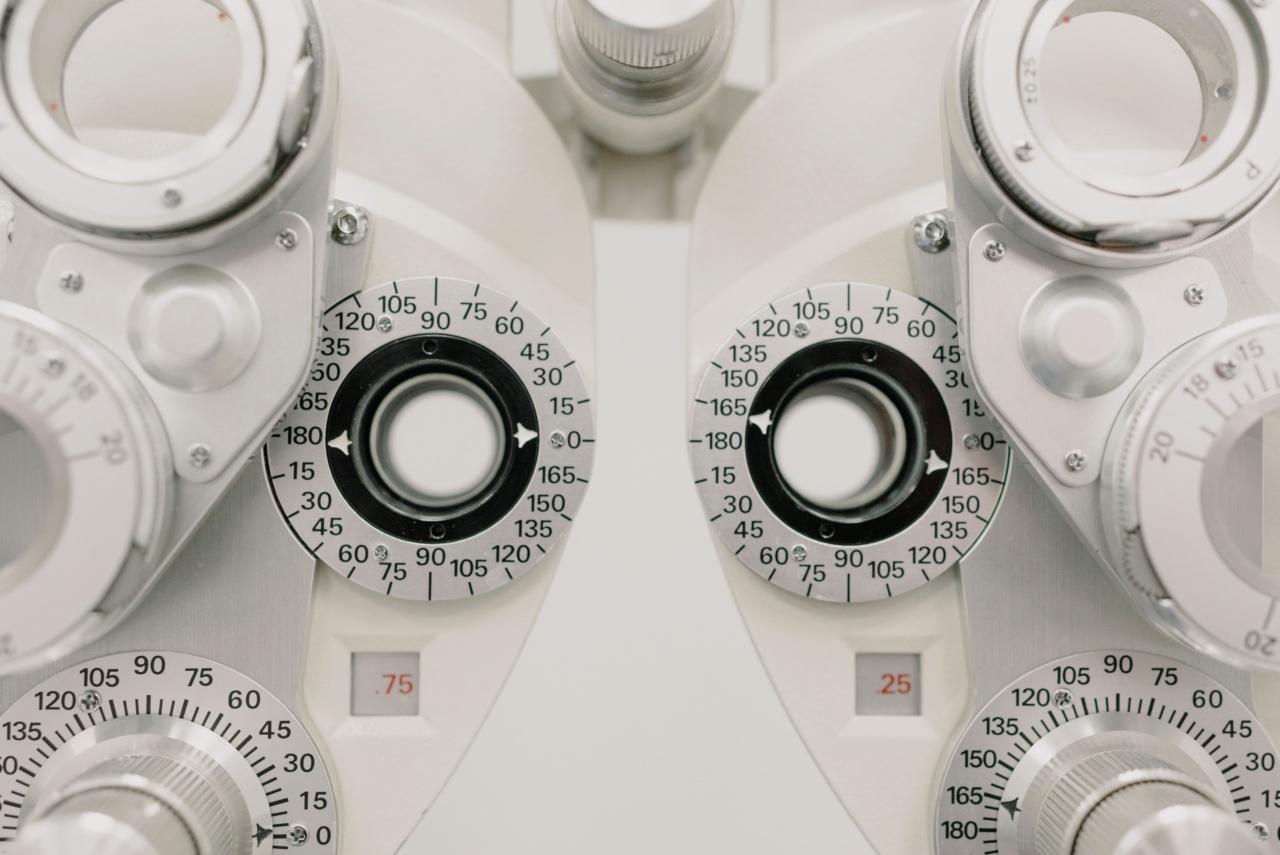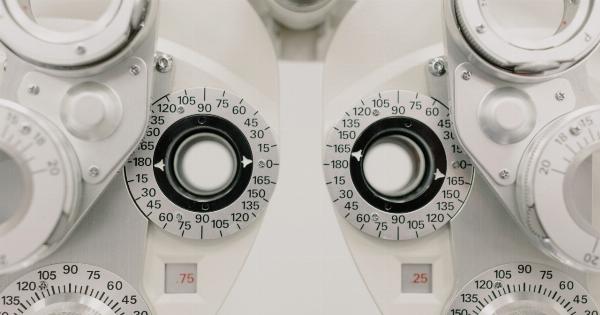Lung cancer is one of the leading causes of cancer-related deaths worldwide. Early detection and accurate diagnosis are crucial for improving patient outcomes and increasing survival rates.
Fortunately, a breakthrough method has been developed, showcasing an impressive 97% accuracy rate in diagnosing lung cancer. The new technique not only simplifies the diagnostic process but also offers a ray of hope for millions of individuals worldwide.
The Need for Improved Lung Cancer Diagnosis
Lung cancer often remains asymptomatic in its early stages, contributing to delayed diagnoses and poorer prognoses. Traditional diagnosis methods, such as chest X-rays and CT scans, are effective but not without limitations.
Misinterpretations and false positives can occur, leading to unnecessary invasive procedures and increased healthcare costs. Furthermore, these techniques heavily rely on radiologists’ expertise, which can vary significantly.
Given these challenges, researchers and healthcare professionals have been striving to find more reliable, accurate, and non-invasive diagnostic methods for lung cancer.
Their efforts have finally paid off, culminating in the development of a groundbreaking technique.
The Revolutionary New Method
The new method relies on a combination of sophisticated algorithms, machine learning, and genetic analysis to detect lung cancer with extraordinary accuracy.
By analyzing specific biomarkers associated with lung cancer, the system can identify even the tiniest traces of cancer cells. This allows for early detection before the disease progresses to advanced stages.
One of the main advantages of this method is its simplicity. Patients provide a blood sample that is sent to the laboratory for analysis. The highly advanced technology then processes the sample and provides a comprehensive report within a short period.
This ease of use eliminates the need for invasive and uncomfortable procedures, making it a more patient-friendly option.
Impressive Results
Extensive clinical trials have been conducted to validate the accuracy and effectiveness of this new lung cancer diagnostic method. The results have been nothing short of remarkable.
With a staggering 97% accuracy rate, it outperforms traditional diagnostic techniques by a significant margin.
The tests showed that the new method consistently demonstrated high sensitivity and specificity, greatly reducing the risk of false positives and false negatives.
This breakthrough is a game-changer in the field of lung cancer diagnosis, offering healthcare professionals a powerful tool to detect and treat the disease more effectively.
The high accuracy rate of this new technique is attributed to its ability to detect even the smallest traces of cancer cells.
By targeting specific genetic biomarkers associated with lung cancer, it can identify the presence of cancer cells, even in their early stages.
Faster Diagnosis, Better Prognosis
The time-consuming nature of traditional lung cancer diagnosis methods often results in delayed detection and initiation of treatment.
This delay can be detrimental to patients, allowing the disease to progress to advanced stages and reducing the chances of successful treatment.
With the new diagnostic method, healthcare professionals can now provide faster and more accurate diagnoses, facilitating early intervention and prompt treatment.
Early detection allows for a wider range of available treatment options, potentially increasing the chances of successful outcomes and improved survival rates.
The simplicity of the new method also enhances its accessibility.
By eliminating the need for complex imaging equipment and invasive procedures, it can be more widely implemented across various healthcare settings, from small clinics to rural areas with limited resources.
Promising Future Possibilities
The revolutionary nature of this diagnostic method extends beyond its high accuracy rate. The technology has the potential for further advancements and applications in the field of lung cancer research and treatment.
Researchers are already exploring the possibility of using this technique to monitor treatment response and predict patient outcomes.
By regularly analyzing blood samples throughout the treatment journey, healthcare providers can better assess the effectiveness of therapies and make informed decisions regarding patient care.
In addition, this method can play a crucial role in screening high-risk populations, such as smokers or individuals with a family history of lung cancer.
Regular screenings using the new technique can help identify potential cases at an early stage, significantly improving the chances of successful treatment and favorable outcomes.
Conclusion
The introduction of this new lung cancer diagnostic method marks a significant milestone in the fight against this devastating disease. With an impressive 97% accuracy rate, it offers hope for millions of individuals worldwide.
The simplicity and non-invasiveness of the technique pave the way for faster and more accessible diagnoses, potentially saving countless lives.
As further research and advancements take place, there is optimism that this breakthrough technology will continue to revolutionize lung cancer diagnosis and provide new opportunities for personalized treatment and improved patient outcomes.





























